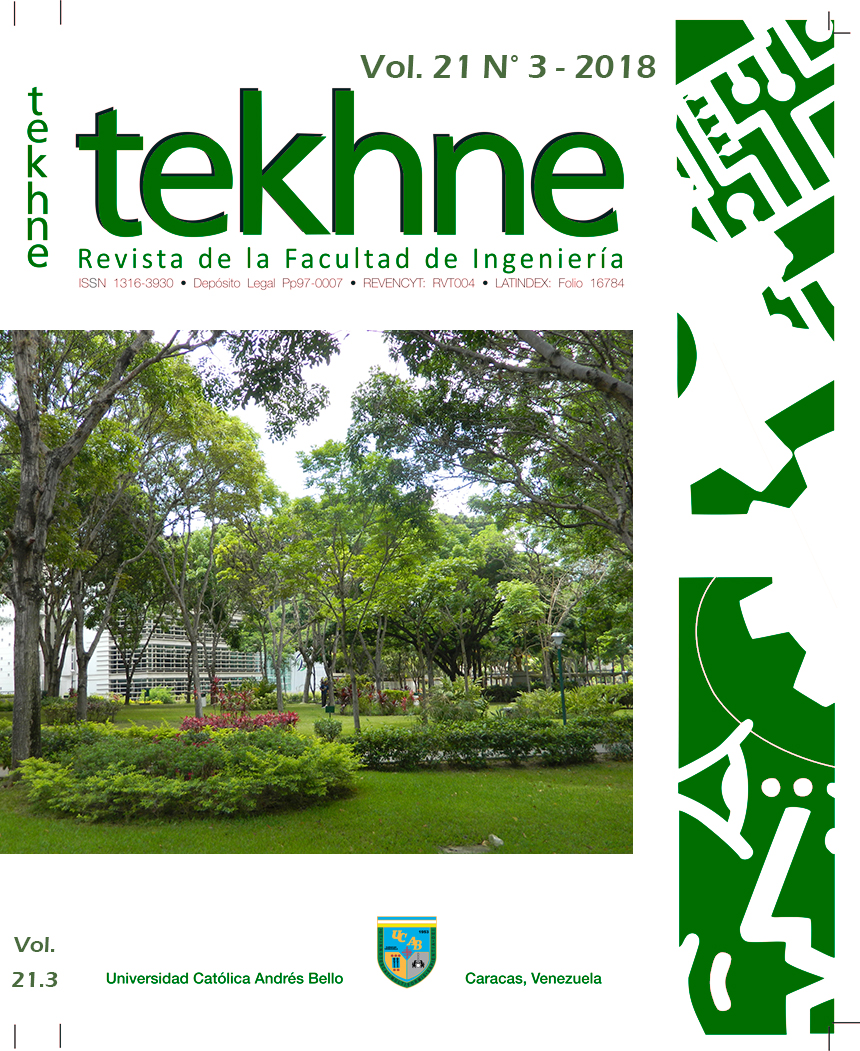The term Diaclase and its appropriate application to the evaluation of rock masses
El termino Diaclasa y su aplicación adecuada a la valoración de macizos rocosos
DOI:
https://doi.org/10.62876/tekhn.v21i3.3810Keywords:
Abstract
In the geotechnical literature, the important parameter of the joints in the rock mass has been simplified to a number, which may be very far from the real conditions of the geotechnical model where the works can be found to be over-designed but within high safety factors. . The following article constitutes a selection of different parts of the book Geology Applied to Civil Engineering (2014) published by the Andrés Bello Catholic University (UCAB), Caracas, Venezuela, related to joints and the importance of the term with the resistance assessment of the rock mass in the design of civil engineering works. The universal definition of the term joint, “fractures without movement in rocks”, constitutes a very important value in the classification of the rock mass, considered as a primary parameter in the assessment of its resistance, highlighting that observations in outcrops and excavations are representative of a state of efforts, which differs from the behavior with confinement.
Joints in geotechnical studies are associated with a series of terms such as persistence, frequency, opening, roughness and filling, whose use applied in civil works requires adequate knowledge of their origin or formation. Each of the previous terms is generally related to its formation, which facilitates the understanding of the mechanical properties, which must be taken into account, for its application in engineering works. It is important to clarify that in rock mechanics the term “persistence” is common, which is described as the longitudinal extension of a discontinuity. This extension not only defines the length, but also a surface that corresponds to a plane, whose “development” depends on the state of tension in the rock mass. The above is not considered in the evaluation of the massif, taking the joints as constant patterns according to measurements on the surface or in excavation fronts, being conditions that respond to a state of stress that differs in a confined massif, where the fracture patterns They will have less development and frequency, impacting the cost of the designs and safety factors in accordance with the real geological conditions.
Downloads
Downloads
Published
How to Cite
Issue
Section
License
Copyright (c) 2018 Array

This work is licensed under a Creative Commons Attribution-NonCommercial-ShareAlike 4.0 International License.




